Featured Posts
-
Featured
TC Farm Produce: Organic. Year Round.
Published: Feb 15, 2023
Read More -
Featured
Banana Bread
Published: Apr 05, 2022
Read More -
Featured
What do Hens Do on Lockdown?
Published: Apr 04, 2022
Read More
As part of our series writing about the Back to Grass report about grass-fed beef, it became clear that there is a lot of confusion among eaters -- and even people researching our own farm -- about what some different terms really mean. So here we are going to try to lay out a couple and explain which ones mean something and which ones are pretty meaningless (or worse, there to actively confuse people).
Grass-fed -- This could mean nearly anything. The USDA does not have strict rules on what is considered grass fed or require audits. Some producers have started using terms like "92% grass fed" -- Since most cattle start out eating grass early on (and are moved to feedlots later it in life) most cattle will meet this standard and still not come close to approaching what people come to expect when they think of "grass fed". The term "grass fed" does NOT mean that the animals have continuous access to open pasture. (more here)
Grass-fed, grain- finished -- This is used by some brands to advertise their beef. This could apply to all beef that passes through the conventional system, as all cattle are fed grass until a certain point. It says nothing about whether animals are confined or allowed access to pasture during the finishing phase. This term basically means: "this is beef raised however we want" -- To be fair, we feel there is some value to consider for some grains -- check out this article I wrote last year
Pasture-Raised -- I honestly was taken aback learning what the USDA requires for the "pasture raised" claim on meats and eggs -- in reality the "pasture raised" label on poultry is almost meaningless, with beef there is a bit more of a requirement, but it is NOTHING like what you and I would expect as a consumer. No requirements for animals actually being on green growing grass or anything. You can read about what "pasture-raised" means to us on our public standards webpage
Product of the USA -- This seems clear enough but really doesn't mean anything. Any food that passes through a USDA inspected plant can be labeled "Product of the USA" -- and since all imported beef has to pass through a USDA inspected plant, any beef could include this on it's label. We've written about something similar in our article "No Way to Know Where Your Meat is From"
Natural - A personal pet peeve. There are very few standards for what counts as "natural". Natural evokes images of meadows and wide open spaces but practically anyone can call anything natural without worrying about requirements for using the label. If the best a brand can say is "natural", you probably should avoid it.
Sub-therapeutic antibiotics -- over 73% of large concentrated feedlots report adding doses of antibiotics in their cattle feed as a “health or production management tool". This use of antibiotics allows the animals to grow bigger, faster and lowers the cost to the feedlot owner. However, this is also exactly the sort of thing that leads to antibiotic resistance. (Over 80% of antibiotics used today are used in animals, largely for this sort of thing.) We've written about this before and why it's kind of a big deal.
No Steroids or Hormones: Most beef isn't raised with steroids or hormone growth promotants, but most ARE given some sort of growth drug. I've even had debates with farmers who don't think these pharmaceuticals should be counted as a 'drug' -- seriously. But please ask your beef supplier if there are ANY growth promotant at all -- you really do want to avoid the most common growth drug, ractopamine (used in Pork, Beef and Turkey)
That's a very good question. We have made a point of making sure that all of our animals are raised on pasture, aren't given sub-therapeutic antibiotics or any other shortcuts... We produced a handy checklist a while back to contains some things that you should be asking your farmer or grocery store about your beef:
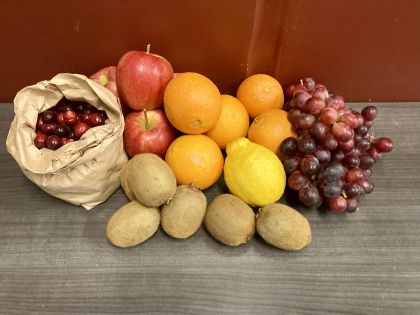

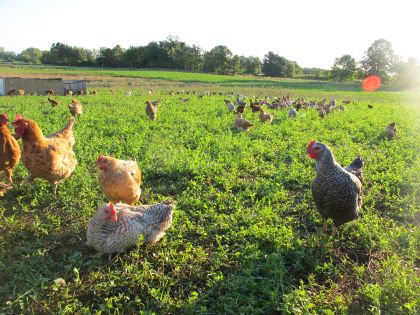
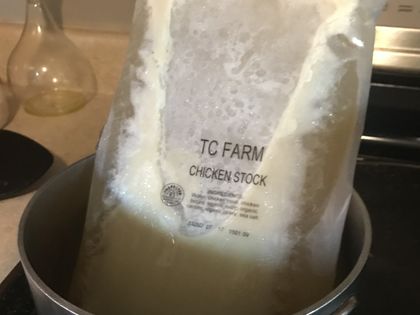
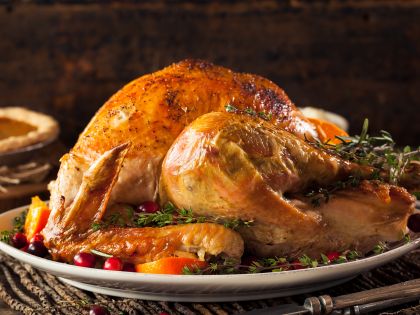
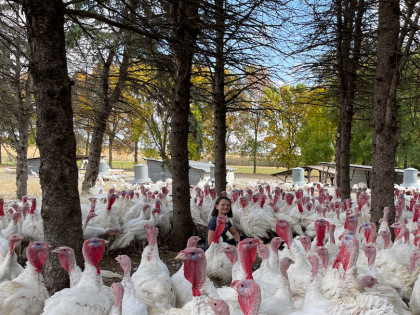
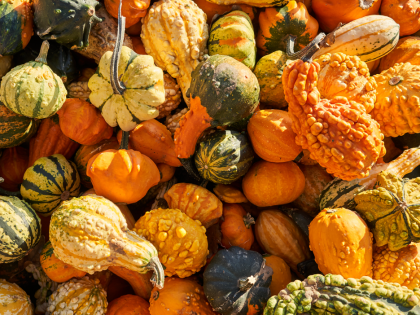
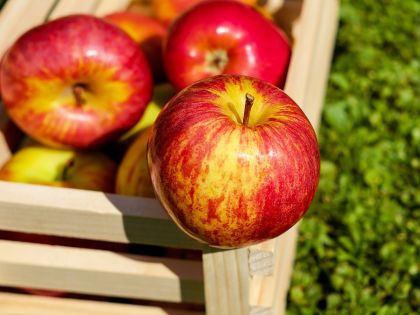

Comments (0)
Add a Comment
Add a Comment